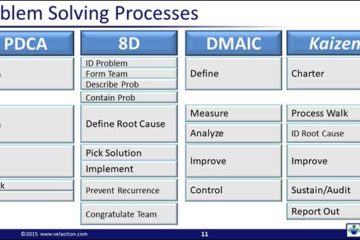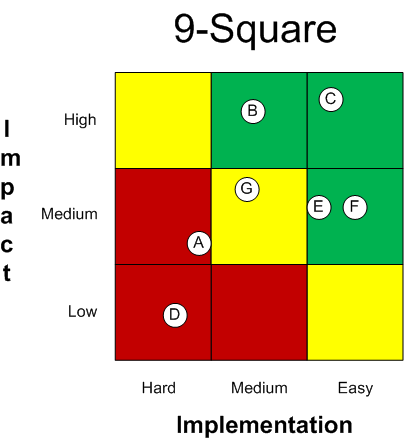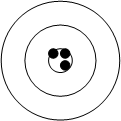8D Problem Solving / 8 Disciplines
The 8D problem solving methodology is similar to the DMAIC approach utilized by Six Sigma. Of note, 8D is a shortened form of the original name, ‘8 Disciplines’. The 8D’s are: Identify the problem Use a team approach/form an 8D team Describe the problem Interim containment Define the root cause(s) Develop solution(s) Implement the solution(s) Prevent recurrence Congratulate the team This 8D definition may raise the eyebrows of those familiar with the DMAIC Read more…




